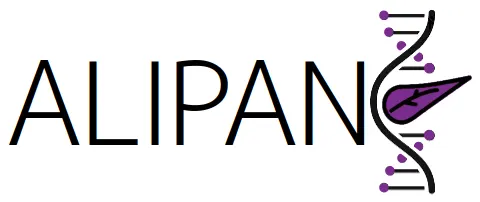Joint research by the Hospital 12 de Octubre and the Universidad Francisco de Vitoria has identified a new therapeutic target in pancreatic cancer: the enzyme ELOVLL6. The inhibition or silencing of this enzyme modifies the rigidity and permeability of the cell membrane, facilitating the entry of chemotherapeutic drugs. This strategy not only increases the efficacy of the treatment, but also makes it possible to reduce the dose required, thus minimizing its toxicity.
This finding represents one of the most promising advances against a tumor with low survival, little therapeutic innovation and high resistance to both chemotherapy and immunotherapy. The results of this work, recently published in Nature Communications, represent one of the most encouraging advances in recent years.
Víctor Sánchez-Arévalo Lobo, head of the Molecular Oncology Group at the Universidad Francisco de Vitoria and Hospital 12 de Octubre (UFV-H12O), and principal investigator of the study, explains: “The ELOVL6 enzyme participates in the elongation of fatty acid chains present in plasma membranes. We have found that its expression is regulated by the c-MYC oncogene, which is frequently altered and overexpressed in pancreatic cancer.”
Inhibition of ELOVL6, both by chemical compounds and by genetic techniques, alters the physicochemical properties of the cell membrane, making it less rigid and more permeable. As a result, chemotherapeutic drugs penetrate tumor cells more easily. According to Dr. Sánchez-Arévalo, this effect is not observed in cells with normal levels of c-MYC: “In these cells, the membrane maintains its integrity and remains resistant to chemotherapy. Therefore, the inhibitor mainly affects tumor cells, without significantly compromising healthy cells.”
The researcher adds that this effect is especially evident with chemotherapies formulated in nanoparticles, such as paclitaxel, commonly used in the treatment of pancreatic cancer. Thanks to this strategy, the same therapeutic effect is achieved with lower doses, thus reducing the systemic toxicity of the treatment.
Pancreatic cancer has a survival rate of less than 12% and remains one of the most lethal tumors. Its diagnosis usually occurs in advanced stages due to the absence of symptoms in early stages, which drastically limits therapeutic options. It is also highly resistant to chemotherapy and shows a poor response to immunotherapy, despite the advances made in other types of cancer.
Dr. Sánchez-Arévalo emphasizes: “Late diagnosis and chemoresistance, largely associated with poor tumor vascularization, contribute to the poor prognosis of this tumor. There is an urgent need to better understand its molecular mechanisms in order to develop more effective treatments. This finding is one of the most encouraging in recent years, and our goal is to move towards its validation in clinical trials.”
ABOUT THE STUDY
The work has been developed in cell lines and in animal models, specifically in mice, where the results have been highly promising. Not only was it possible to eliminate the tumor, but also to prevent its recurrence, since the treatment enhances the effect of chemotherapy and prevents the migration of tumor cells.
The next step will be to apply this strategy in more advanced preclinical models, such as patient-derived tumor avatars, and to optimize the chemical inhibitor to obtain a more specific and safer version suitable for use in clinical trials.

For more information about the research group: https://alipanc.org/grupo/oncologia-molecular/
Link to article: https://www.nature.com/articles/s41467-025-56894-8


